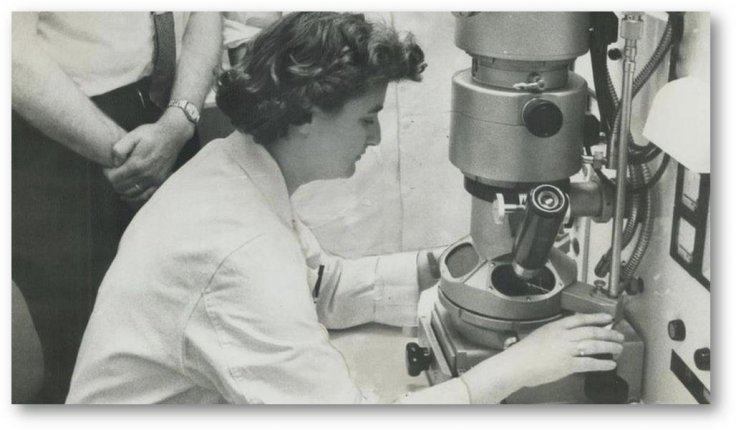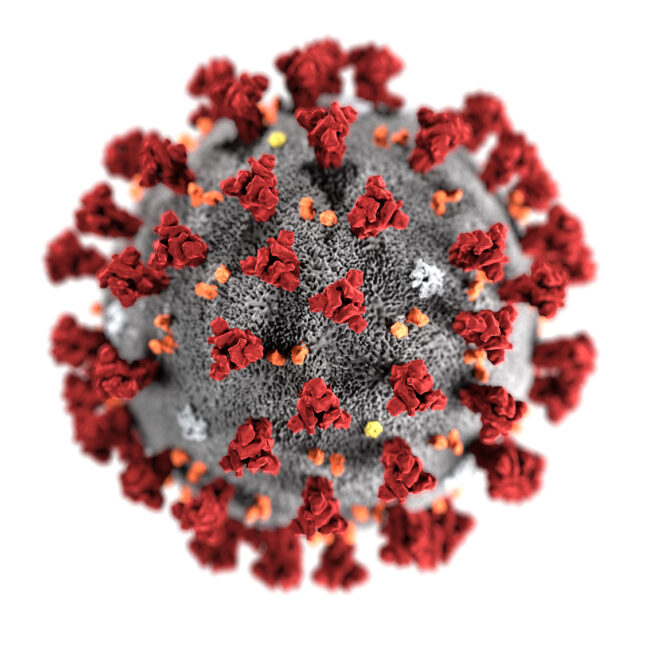Long before the novel coronavirus could wreak havoc in 2020, infecting millions and killing lakhs globally, the first coronavirus strain was discovered by June Almeida in 1964.
Nearly 13 years after her passing, Almeida, who found the type of coronavirus infecting the humans, has been credited with the significant discovery. Almeida left her school education at the age of 16. She made the discovery at her laboratory in London-based St Thomas' Hospital.
Who was June Almeida?
Deemed to be a pioneer of virus imagining, Almeida was born as June Hart in 1930. Daughter of a Scottish bus driver, she grew up in Glasgow. After leaving the formal school education, Almeida worked as a laboratory technician in histopathology at Glasgow Royal Infirmary.

After moving to London, Almeida married Enriques Almeida, a Venezuelan artist, in 1954. They were blessed with a daughter and the couple later moved to Toronto in Canada. At the Ontario Cancer Institute in Toronto, she started working as an electron microscopy technician.
While working as a technician, Almeida developed a methodology that allowed better visualisation of viruses once they have been aggregated using antibodies. Hailed for her work, Almeida was invited to join the St Thomas Hospital Medical School in London, in 1964.

Dr. Almeida was awarded a doctorate at the Postgraduate Medical School in London, where she worked and earned several patents in the field of imaging viruses in her name. She died at the age of 77 after suffering a fatal heart attack in 2007.
How was coronavirus discovered?
Speaking to Drivetime on BBC Radio Scotland, Medical writer George Winter said that Almeida collaborated with Dr. David Tyrrell, who was conducting research at the common cold unit in Salisbury in Wiltshire.
"In the 1960s, Tyrrell had been studying nasal washings from volunteers, and found that they were unable to grow some of the common cold-associated viruses in the lab. One sample in particular, known as B814, obtained from the nasal washings of a pupil at a Surrey boarding school in 1960, could not be grown in routine cell culture. Tyrrell managed to grow the virus in organ cultures and sent samples to Almeida, asking if these could be seen through the electron microscopes," said Winter.
The samples were examined by Almeida who found out the virus particles in the specimen and described it as similar to influenza viruses but not exactly the same. It was the same virus that later on came to be known as the first coronavirus strain.

However, Almeida's research was rejected after a peer-review on the basis of the images being "just bad pictures of influenza virus particles." Later in 1965, the British Medical Journal wrote about the new discovery from strain B814. Two years later, the first photographs of the virus were published in the Journal of General Virology.
"It was Dr. Tyrrell and Dr. Almeida, along with Prof Tony Waterson, the man in charge at St Thomas's, who named it coronavirus because of the crown or halo surrounding it on the viral image," added Winter.









